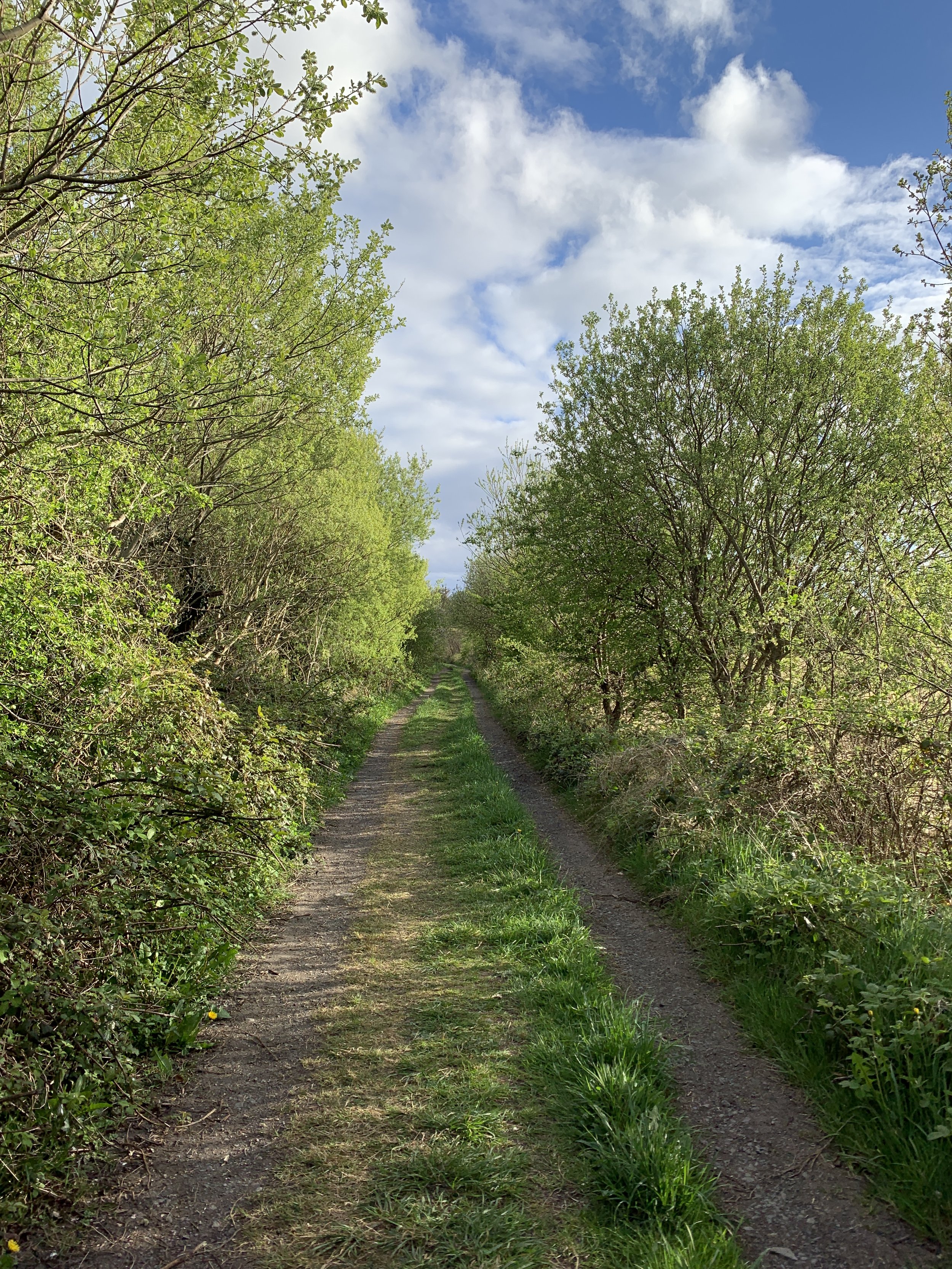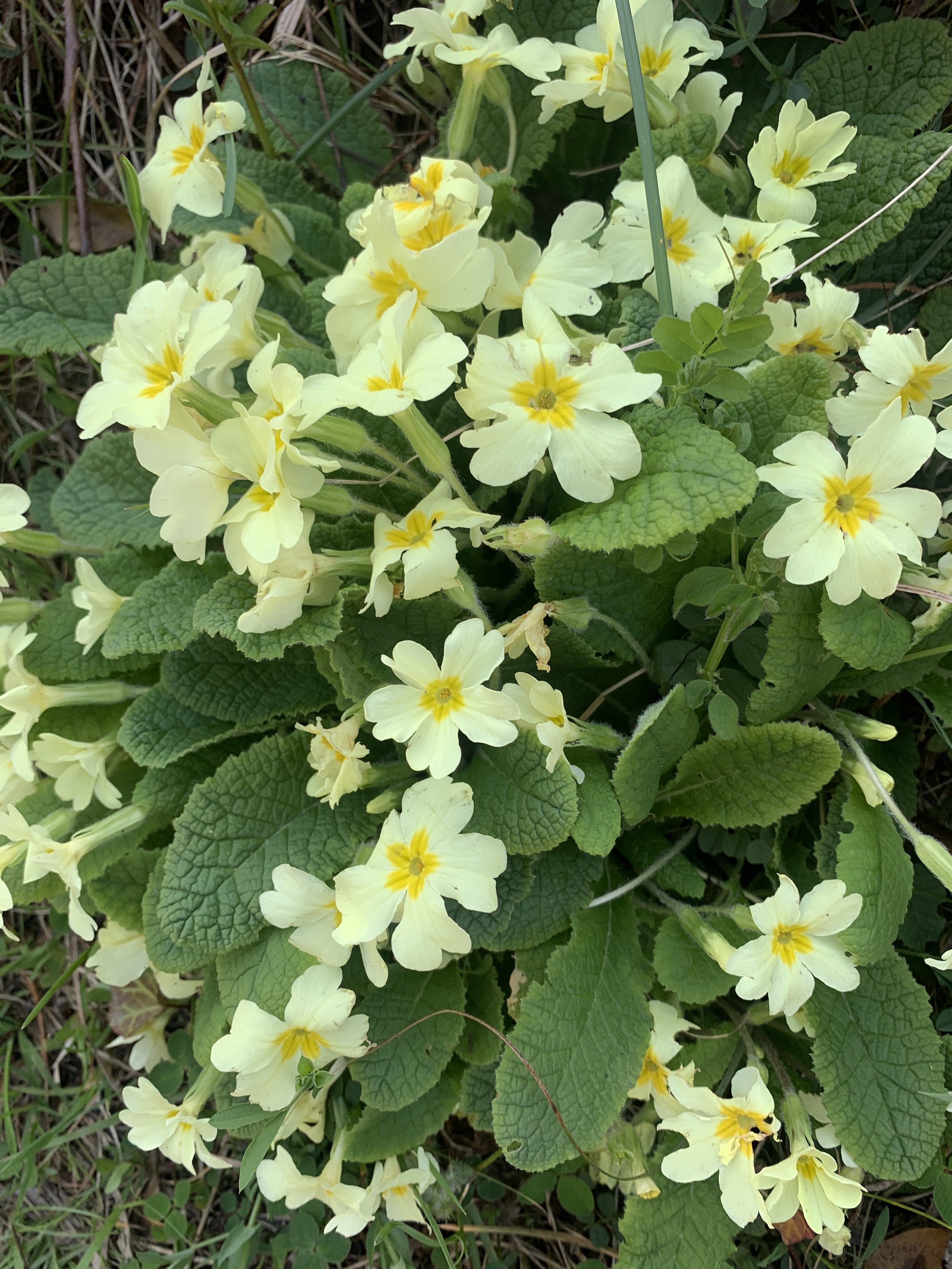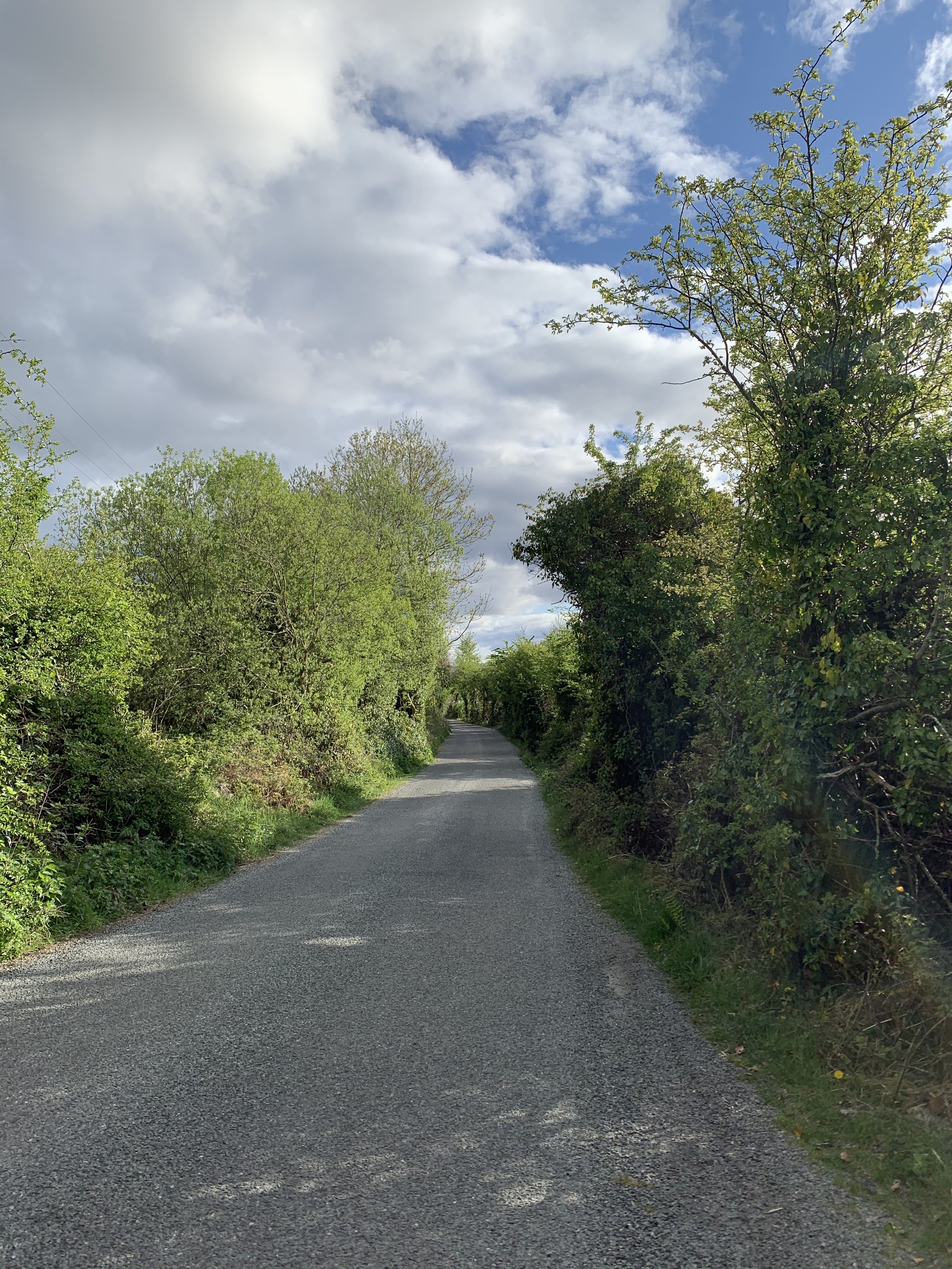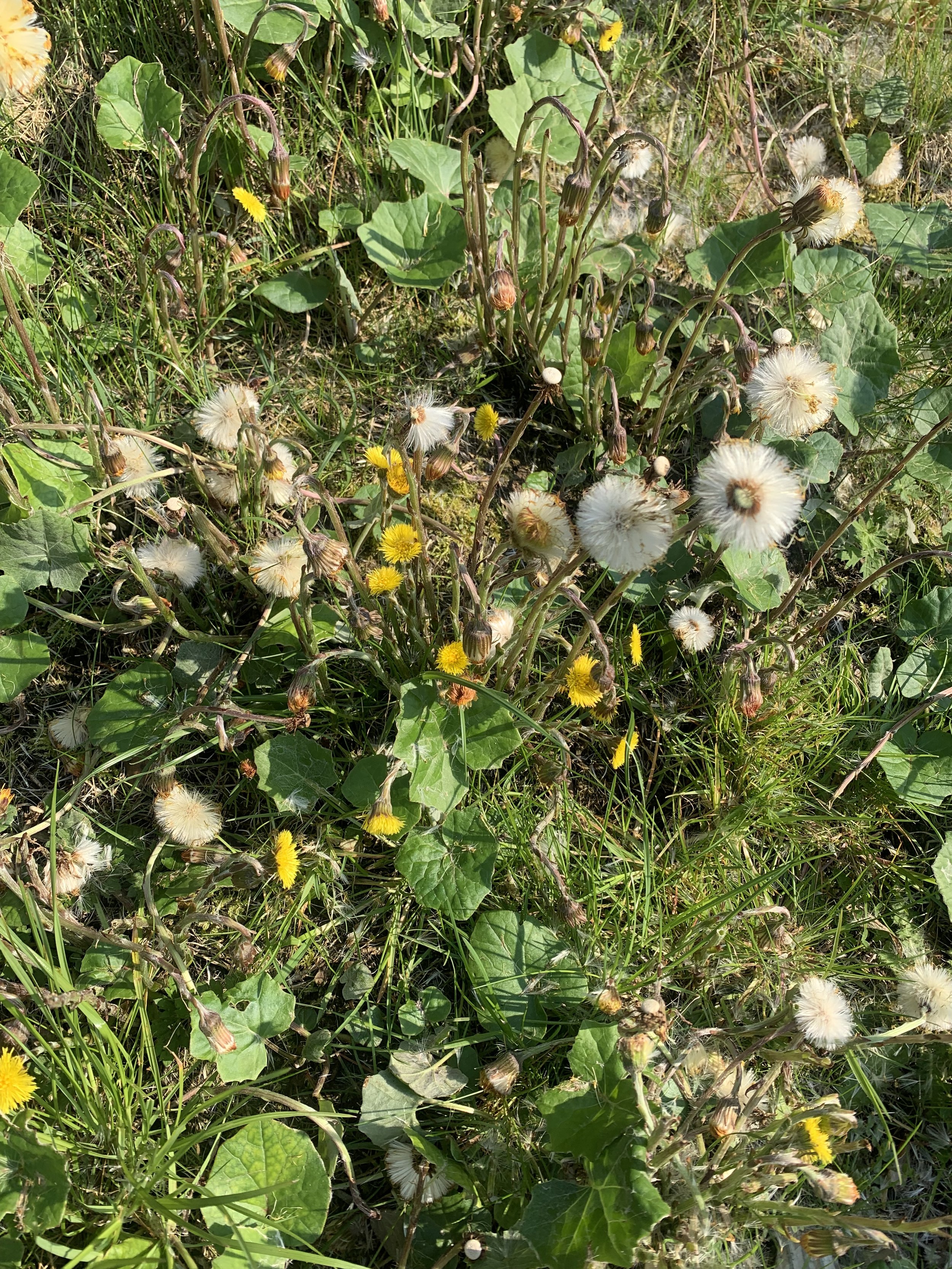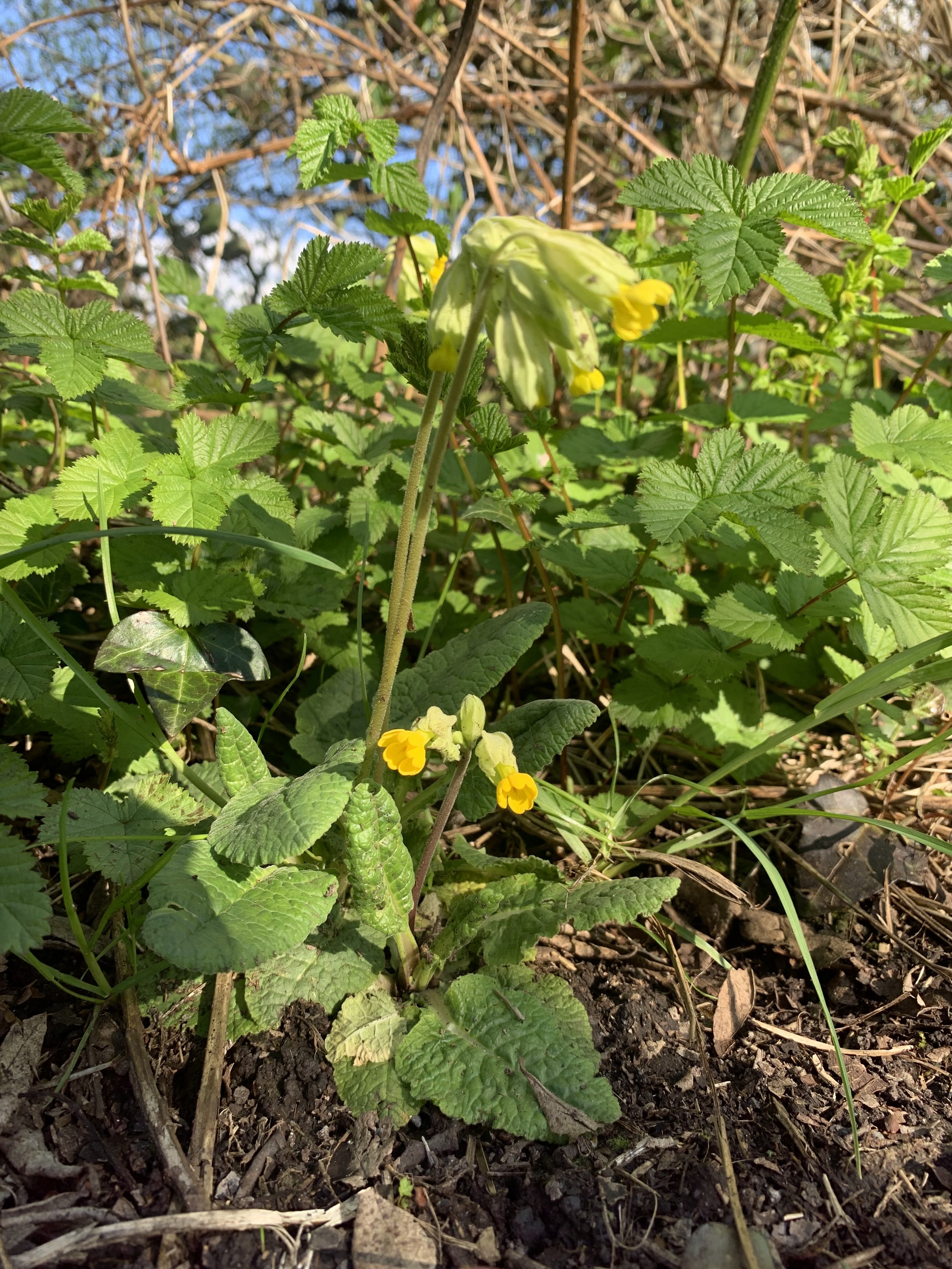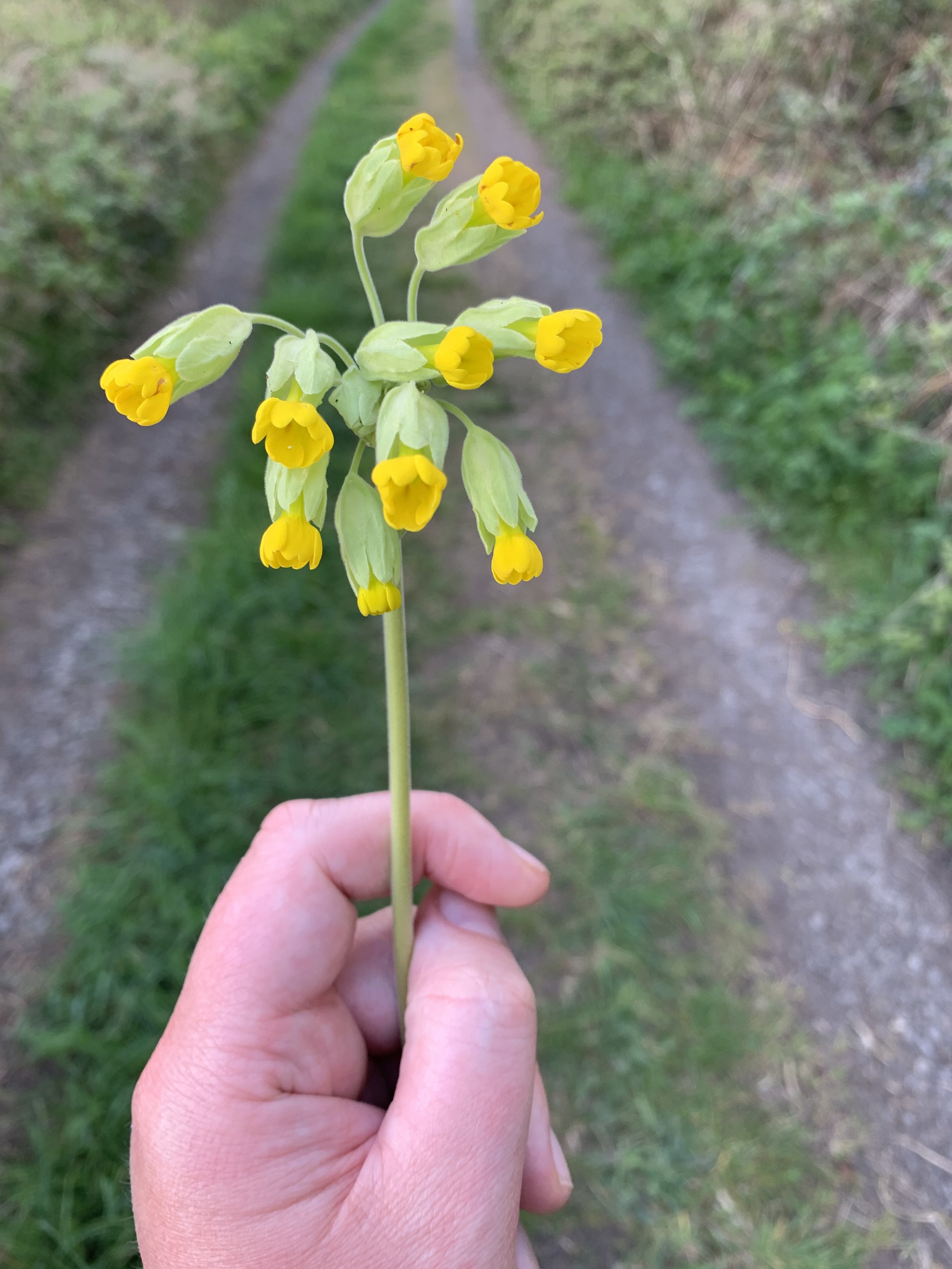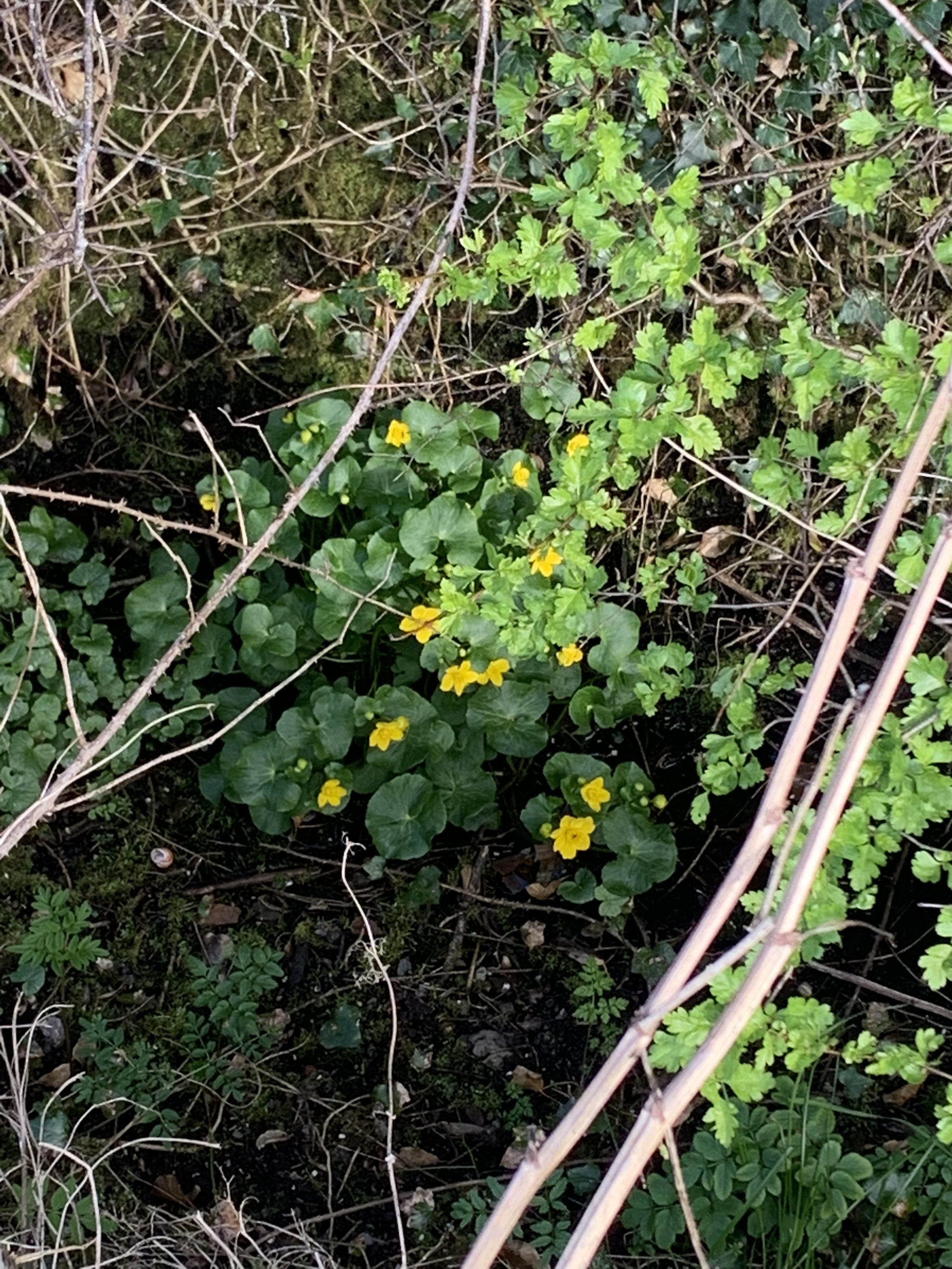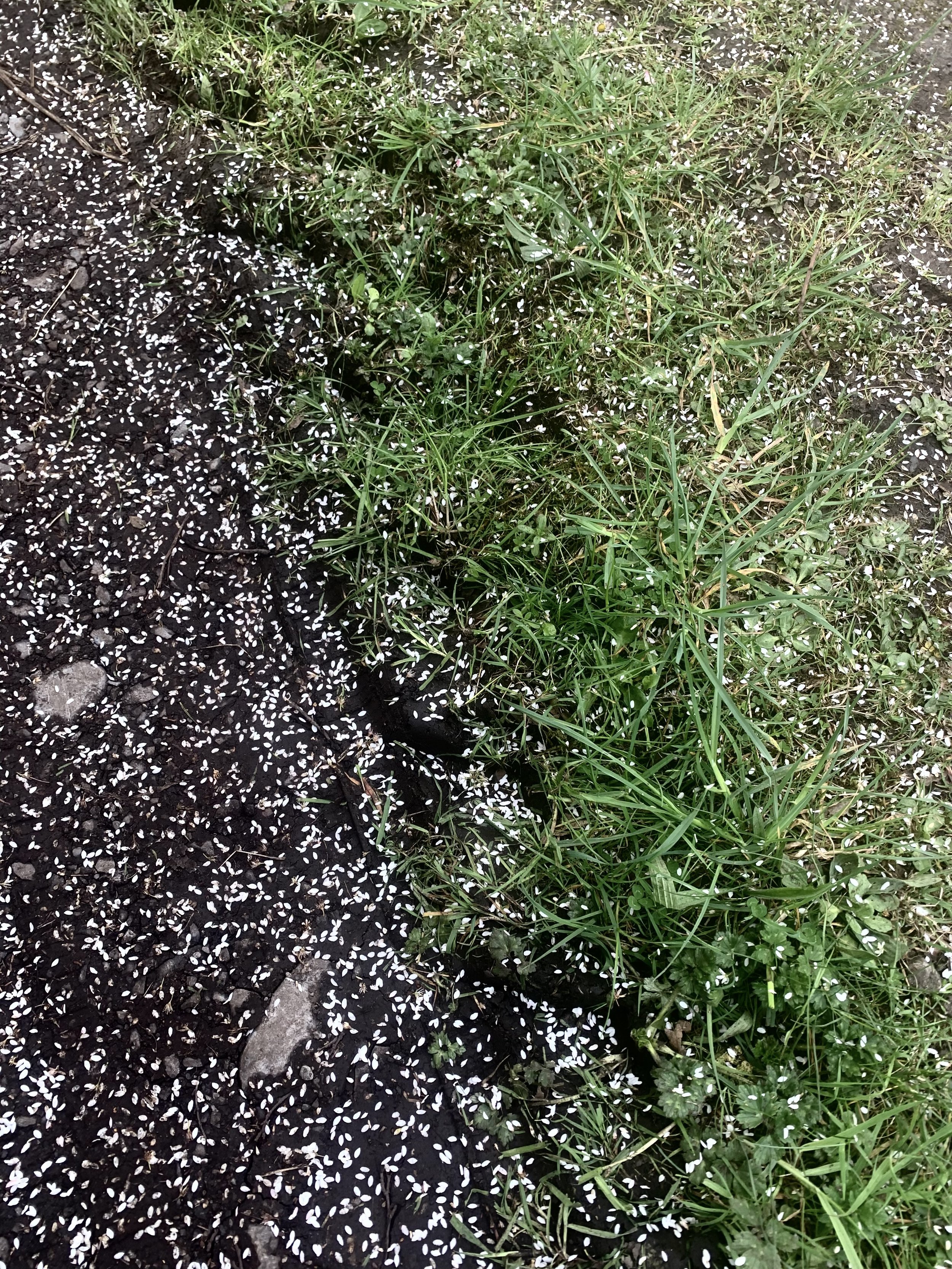HABITATS: Spring flowers on the Long Acre.
“Attention is the beginning of devotion”
If you follow Superfolk on Instagram you might be familiar with our Superfolk nature quizzes. But, as fun and engaging as these quizzes can be, there is often so more to say than can fit into the snappy tight format of Instagram stories or reels. It is so much fun to learn to spot and name our wildflowers (I see cowslip! I spot primrose! That’s a dog violet!). But we believe it is more enriching again to move beyond naming to trying to really understand the relationship between a plant and its habitat.
We have written a little before about plants and habitats. There is our guide to seaweed foraging and our guide to wild flowering hunting in the sand dunes. But maybe the most accessible place to learn to ask “Why is that flower blooming, in that place, at this time?”s is when walking along the simple roadside verge.
If you live in or visit rural Ireland, something you quickly become aware of is our proliferation of small roads. Our historically dispersed settlement pattern has gifted us the legacy of a rich network of small roads, crisscrossing the countryside. (In fact, we love twisting and turning roads at Superfolk so much that we have also written a post about what makes a good road!) In Ireland many people will refer to these small roads as bóithrín, or “boreens”.
“Did you know that the word “boreen” comes from the Irish word bóithrín, which in turn comes from bóthar? In origin, a bóthar was a cow path, a track the width of two cows, so bóithrín meant a little cow path.”
Today, many of these boreens remain unpaved. Others that have in the past been paved now have long grass now growing through the center of the road due to lack of use. Others are passable in winter but become engulfed in growth as the season progresses.
The area between the edge of the road and the wall or ditch enclosing a field was often referred to as the long acre. Today, even in areas of intensive agriculture this strip of land, often only 1m in depth can function almost as an undesignated nature reserve.
Early April walking along the boreen as Spring comes alive.
The very same boreen in July when it is dramatically changed by heaving greenery.
If you take a slow walk along a country boreen from April through to October will find a surprising number of wildflowers and plants growing between the strip of the paved road and the wall or hedge. If you travel the same road frequently you have such a wonderful opportunity to really witness the changing season.
“What does it mean that the earth is so beautiful? And what shall I do about it?”
If you are lucky to have access to an old boreen that is without cars and traffic there is maybe nowhere more peaceful to walk. There is something so unassuming, overlooked and calming about these kinds of roads. In this silence there is the space to really “listen to the world”.
Often roadside verges can act as an indicator of the natural vegetation in an area. The undisturbed long acre, unlike the enclosed heavily farmed fields, might retain elements of the local flora and fauna. Unlike the neighboring farmland, this area is often now not grazed and eaten back by livestock. As the summer progresses, wild plants and flowers are free to grow tall and billow in the breeze.
But, be aware that if you notice an abundance of Cow Parsely and Hogweed in high summer, this might point to an issue with fertilizer run-off from a nearby farm. This is because these are plants that usually have high nutrient demands. Fed by fertilizer run-off these wild plants will grow tall and quickly outcompete and overshadow other plants in the summer months .
Another factor to consider is the orientation of a road. A narrow boreen running east to west with waist-high stone walls can contain a multitude of mini-habitats with varying levels of daylight, drainage, and shelter. You might notice vastly different plants growing on each side of an east-west running road as one wall face points north and the other south. An open ditch or drain filled with water often creates a mini wetland habitat filling with damp-loving plants such as Marsh Marigolds, while the dry stony gravel edges might support a very different plant such as Coltsfoot, almost side by side.
Ever since the darkest earliest days of lockdown, we began exploring the smallest boreens close to our home and studio. When we were told to stay within 2km of home we found solace in the overlooked and forgotten little roads closer to home. Now that the world has reopened to us these little forgotten roads are still a favourite place to explore.
Walking along the same patch of boreen in early January this year.
LATE APRIL / EARLY MAY WILDFLOWER FINDS
Late April and early May is the time of the year for small low growing flowers. This is the time of the year that they have sufficient sunlight to bloom before they are overshadowed later in the year.
Here are some of the wild plants that we have seen growing along the side of our little boreen this week. These are not really rare, unusual, or dramatic flowers. These are everyday, common wildflowers in this part of the world. When we spot them we try also to understand what we can learn about our surroundings from where we found them growing.
PRIMROSE - the woodland one
Primroses are typically considered woodland plants where they grow in deciduous forest clearings and woodland margins. But they are very common growing on hedged roadside banks as found here - perhaps indicating that this area was once a naturally occuring woodland.
COLTSFOOT - the wasteground one
Coltsfoot first emerges in February and by the end of April/early May, the seeds of the flowers are borne in ‘clocks” - similar to, but fluffier than, a dandelion. The two images above depict the same patch of Coltsfoot about 6 weeks apart. Coltsfoot is a wildflower common in waste grounds, riverbanks, and shingle sand. Here we have found it growing for the past few years in one distinct patch along our boreen, growing amongst the upturned ground and imported gravel edging where a new gravel pedestrian footpath meets a much older boreen.
This patch of Coltsfoot is just across the road from the primroses pictured above. While primroses are typically a woodland flower and coltsfoot is a shingle ground flower both can be found within meters of one another along a roadside verge.
COWSLIP - the comeback kid
It looks like Cowslip is thankfully making a comeback. It had really declined in parts of Ireland as a result of intensive farming and over-picking, but now it is beginning to reappear on some roadsides and pastures. This plant is now quite rare in Great Britain and is given special protection in Northern Ireland. Thankfully, this flower is increasingly plentiful along our little boreen and is indicative of rich biodiversity, currently unhampered by intensive agriculture.
(As with all wild plants - if you are going to pick some, make sure you pick only a very small sample and leave behind the roots to regenerate).
MARSH MARIGOLDS - the wetland one
Marsh Marigold is most typically found in soggy, ground such as wet woodland, stream margins, ponds, bogs and marshes. Here it grows in the soggy deep drain that borders the road edge - a reminder again of the diversity of habitats found within the ‘long acre’.
Notes
The very best wildflower identification guides: The Wildflowers of Ireland
Recommended Listening: I got saved by the beauty of the world


